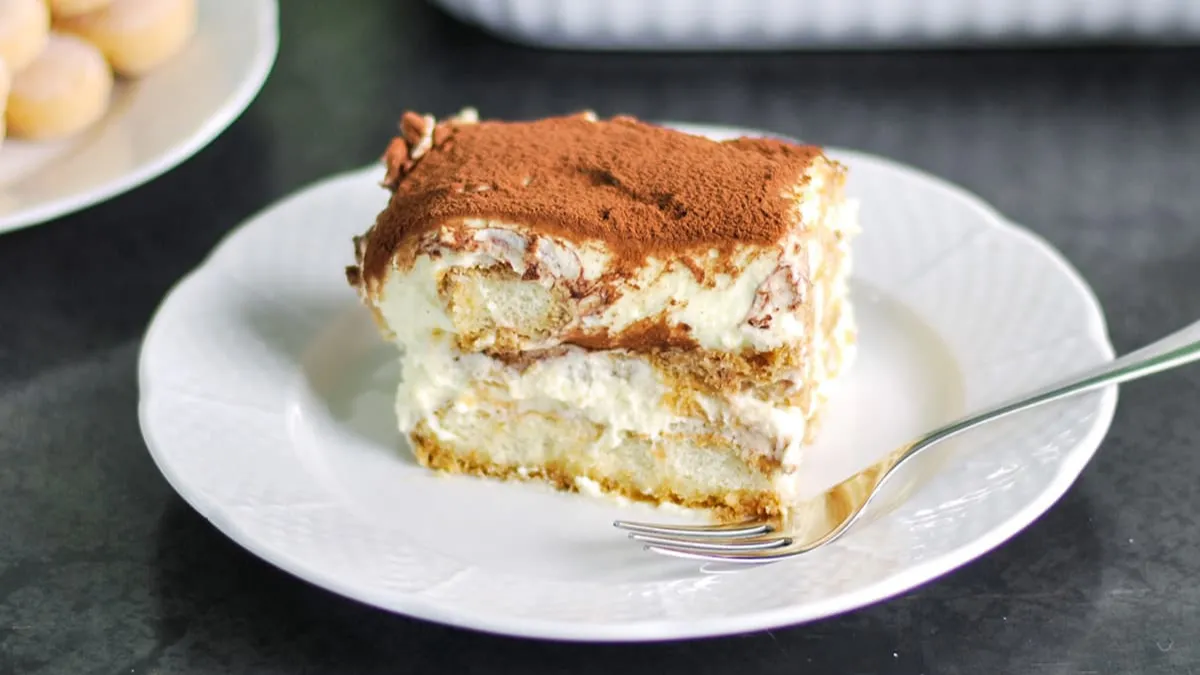Tiramisu, meaning “pick me up” in Italian, is one of the most beloved desserts across the globe. With its irresistible layers of espresso-soaked ladyfingers, luscious mascarpone cream, and a dusting of cocoa powder, this classic Italian treat delivers a perfect balance of rich flavors and light textures. Whether you’re preparing it for a special dinner or simply to indulge your sweet tooth, mastering the classic tiramisu recipe is a delicious skill worth having in your culinary repertoire.
History of Tiramisu
Tiramisu’s origins are debated, but most food historians trace it back to the Veneto region of Italy, specifically the city of Treviso, during the 1960s or 70s. It quickly gained popularity for its luxurious flavor and no-bake simplicity, spreading beyond Italy to become a global dessert icon.
Ingredients for Classic Tiramisu
The secret to an authentic tiramisu lies in the quality of its ingredients. Here’s what you’ll need:
For the Cream Layer:
- 4 large egg yolks
- ½ cup (100g) granulated sugar
- 1 cup (240ml) heavy cream
- 8 oz (225g) mascarpone cheese, room temperature
For the Ladyfingers:
- 1 ½ cups (360ml) strong brewed espresso or coffee, cooled to room temperature
- 3 tbsp coffee liqueur (optional, e.g., Kahlúa or Marsala wine)
- 24-30 ladyfinger biscuits (savoiardi)
For Garnish:
- Unsweetened cocoa powder (for dusting)
- Dark chocolate shavings (optional)
Step-by-Step Instructions
1. Make the Mascarpone Cream
In a heatproof bowl, whisk together egg yolks and sugar. Set the bowl over a pot of simmering water (double boiler) and whisk continuously until the mixture becomes thick, pale, and doubles in volume (about 5-8 minutes). Remove from heat and let it cool slightly.
In a separate bowl, whip the heavy cream until stiff peaks form. Gently fold the mascarpone cheese into the cooled egg mixture, then fold in the whipped cream until smooth and creamy. Set aside.
2. Prepare the Coffee Mixture
Combine the cooled espresso with the coffee liqueur in a shallow dish. Quickly dip each ladyfinger into the mixture—no more than 1–2 seconds per side—to avoid sogginess.
3. Layer the Tiramisu
In a 9×9-inch dish or similar-sized container, arrange a layer of dipped ladyfingers. Spread half of the mascarpone mixture evenly over the top. Add another layer of soaked ladyfingers, followed by the remaining mascarpone cream.
4. Chill and Set
Cover the tiramisu with plastic wrap and refrigerate for at least 6 hours, preferably overnight. This allows the flavors to meld and the dessert to firm up.
5. Finishing Touch
Right before serving, dust the top generously with unsweetened cocoa powder and, if desired, sprinkle with dark chocolate shavings for extra decadence.
Tips for the Best Tiramisu
- Use fresh, high-quality mascarpone for the creamiest texture.
- Don’t over-soak the ladyfingers. A quick dip is enough to absorb flavor without becoming mushy.
- Chill overnight. The longer tiramisu rests in the fridge, the better the texture and taste.
- Make it alcohol-free: Simply skip the liqueur for a family-friendly version.
Serving Suggestions
Tiramisu is best served cold, straight from the fridge. You can cut it into neat squares or spoon it out rustically for a more casual presentation. Pair it with a shot of espresso or a glass of dessert wine like Vin Santo or Moscato.
Variations on the Classic Tiramisu
While the classic version is hard to beat, there are fun variations to try:
- Strawberry Tiramisu: Substitute espresso with strawberry syrup and add fresh berries between layers.
- Chocolate Tiramisu: Add a layer of chocolate ganache or use chocolate-flavored ladyfingers.
- Pumpkin Tiramisu: A seasonal twist with pumpkin puree and warm spices added to the mascarpone layer.
Conclusion
The classic tiramisu recipe is a testament to the elegance of Italian cuisine—simple ingredients brought together with care to create something extraordinary. With its melt-in-your-mouth texture, bold coffee flavor, and creamy richness, tiramisu is a dessert that never goes out of style. Whether you’re new to making it or a seasoned pro, this recipe is sure to become a favorite in your dessert collection.
FAQs
Can I make tiramisu without raw eggs?
Yes! If you’re concerned about using raw eggs, you can gently cook the yolks with sugar over a double boiler (as in the recipe above), or skip them entirely and make a simplified version using only mascarpone and whipped cream. Some recipes also substitute pasteurized eggs for safety.
How long does tiramisu last in the fridge?
Tiramisu keeps well in the refrigerator for up to 4 days when stored in an airtight container. In fact, it often tastes better after the first day, as the flavors continue to develop.
Can tiramisu be frozen?
Yes, tiramisu can be frozen for up to 2 months. To freeze, wrap the dish tightly in plastic wrap and then foil. Thaw it overnight in the refrigerator before serving. Keep in mind that the texture may be slightly softer after thawing.
What can I use instead of ladyfingers?
If you can’t find ladyfingers, you can use sponge cake or pound cake cut into strips. Make sure to dry them out slightly in the oven to mimic the texture of traditional savoiardi biscuits, so they don’t become overly soggy when dipped.




